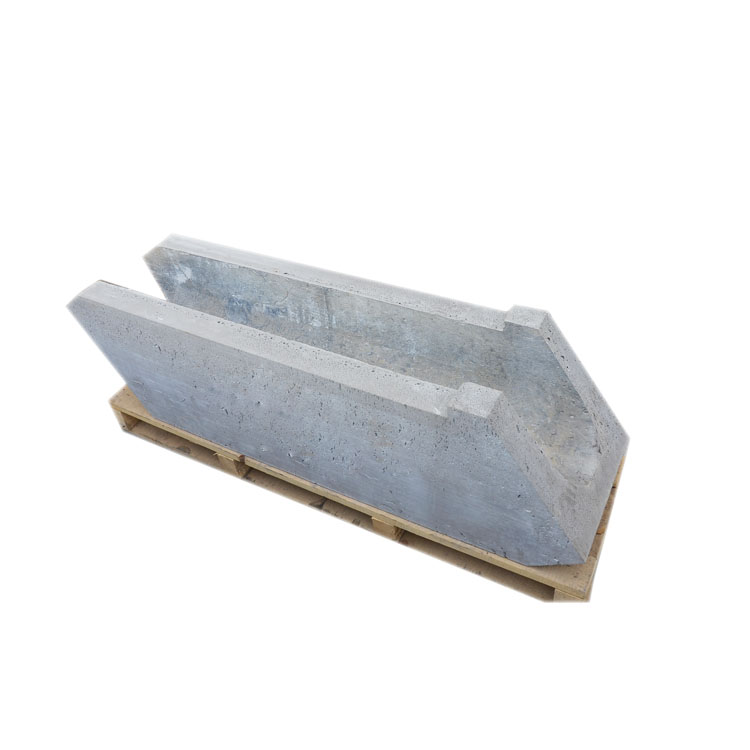High-alumina refractory bricks are critical components in industrial kilns, directly affecting operational lifespan, maintenance costs, and overall process efficiency. The alumina (Al₂O₃) content in these bricks — optimally stabilized between 30% and 46% — plays a defining role in sustaining high-temperature performance while resisting thermal shock and abrasion.
Alumina acts as the primary structural "skeleton" within refractory bricks, imparting strength and chemical stability. At contents below 30%, bricks tend to exhibit lower refractoriness and mechanical weakness, leading to premature failure under harsh industrial conditions. Conversely, exceeding 46% Al₂O₃ content often results in increased brittleness and variable thermal expansion behavior, undermining durability.
Key performance metrics influenced by alumina content include:
| Al₂O₃ Content Range | Refractoriness (°C) | Thermal Shock Resistance | Abrasion Resistance |
|---|---|---|---|
| < 30% | 1,500 – 1,550 | Low to Moderate | Low |
| 30% – 46% | 1,580 – 1,720 | High | High |
| > 46% | Up to 1,780 | Variable | Moderate to Low |
Industrial kilns across steelmaking, coking, and cement production require tailored refractory solutions. For example, in steel refining furnaces subjected to intense thermal cycling, bricks with 35%-42% alumina content demonstrate superior spalling resistance—extending campaign life by up to 25%. Meanwhile, in cement rotary kilns, where abrasive dust is prevalent, having alumina stabilized within this range improves brick surface integrity, lowering maintenance frequency.
While it might seem intuitive that more alumina equals better performance, exceeding the optimal 46% threshold can cause problems. Bricks with excessively high alumina content tend to display increased brittleness and mismatch in thermal expansion coefficients with adjacent materials, resulting in cracking and structural integrity loss.
Thus, maintaining alumina content within 30%-46% ensures a balanced synergistic relationship, maximizing refractory lifespan without compromising mechanical resilience—a lesson confirmed by both laboratory results and field experience.
When evaluating refractory bricks for industrial kiln applications, the following points are essential:

Industrial operators who adopt high-alumina refractory bricks with carefully controlled Al₂O₃ content in the range of 30% to 46% consistently reap benefits in kiln lifespan extension, maintenance cost reduction, and operational safety. This strategic selection anchors kiln reliability much like a strong bone framework supports a living organism—durable, resilient, and dependable through repeated stress.



